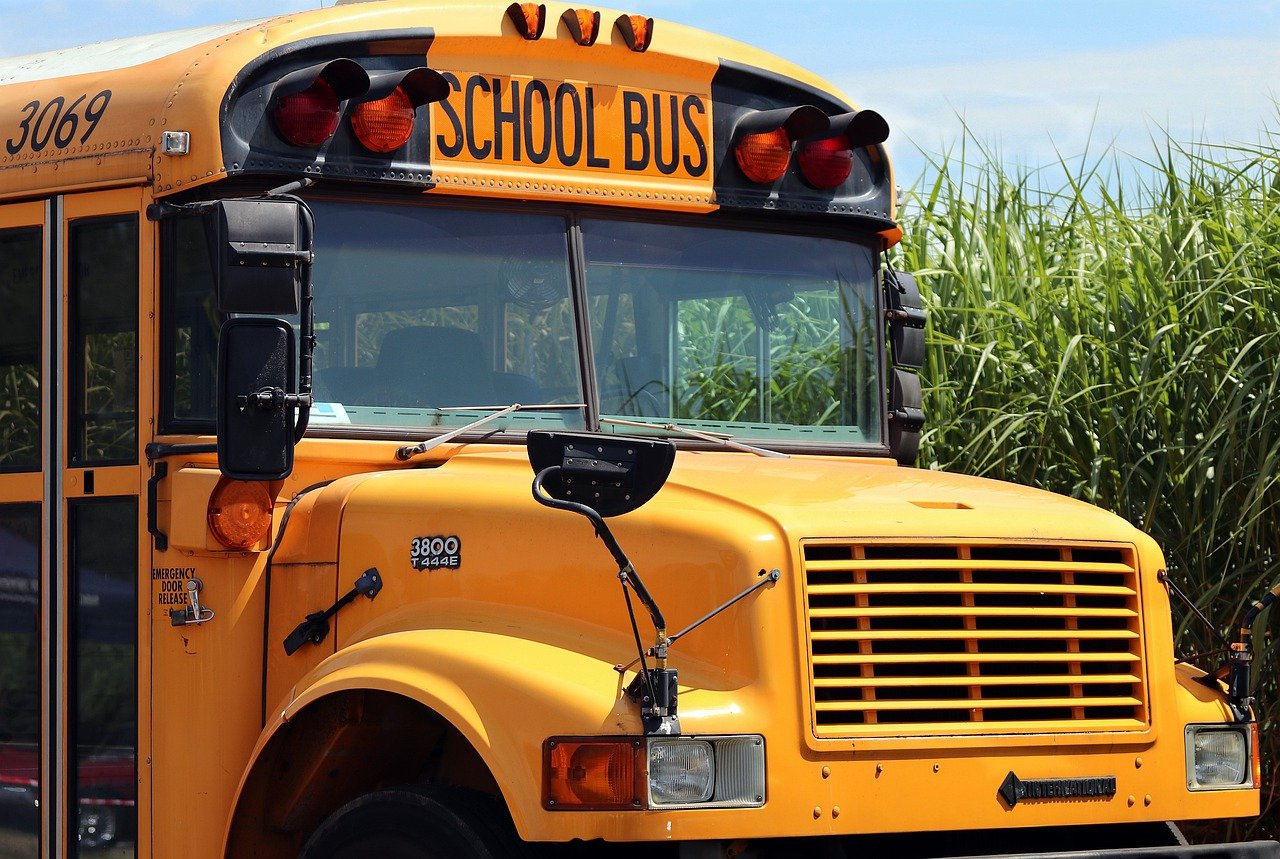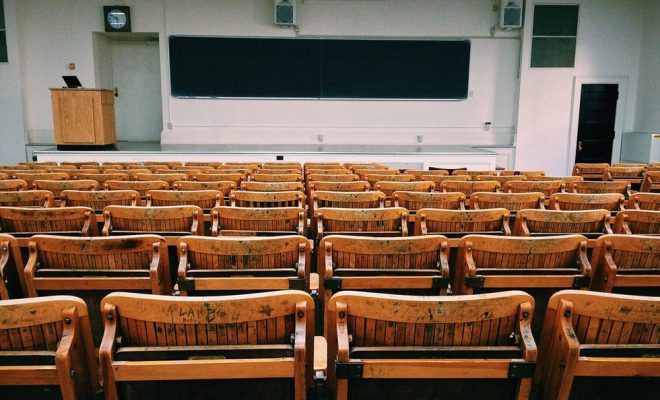School Leaders Focus on Continuous Improvement

Many education leaders don’t bother to make any changes until a problem occurs. However, this isn’t an effective method to deal with challenges. You need to follow a philosophy of continual improvement and be proactive. Continual improvement signifies that you work on fine-tuning and modifying your procedures and practices on an ongoing basis, regardless of their effectiveness, rather than waiting for problems to appear. In other words, you’re always aiming at your betterment and working on it. However, this in no way means that things need to be changed continuously. In some circumstances, you only need to observe the process or situation and wait for possible indications that you should improve it.
For instance, if school discipline referrals drop to a historic low in their institutions, the majority of principals would blow their own trumpet, make their success widely known, and continue following the same method for dealing with discipline issues. Then they get surprised when discipline referrals unexpectedly increase the next year. In case they were continually observing the situation, they would understand that those discipline referrals dropped because of the hard work of a football coach with over twenty years of experience and two veteran teachers (one ninth-grade and another eleventh-grade).
The coach and the teachers had made it mandatory for the students to maintain a certain level of decency in every classroom. Despite being aware of the impact of those educators on school discipline, the principal never recognized their efforts as she had too much confidence in her own competence. Finally, the educators retired, leaving a leadership vacuum that remained unfilled.
In case she had acknowledged this earlier, the principal could have asked those educators to help their colleagues improve their abilities and acquire the same level of influence using proven methods. Those educators could have organized professional development sessions to accomplish that during their last year. This is what continuous improvement is. Now the principal needs to spend most of her day dealing with student discipline rather than performing the role of a complete leader that she always wants to be.




